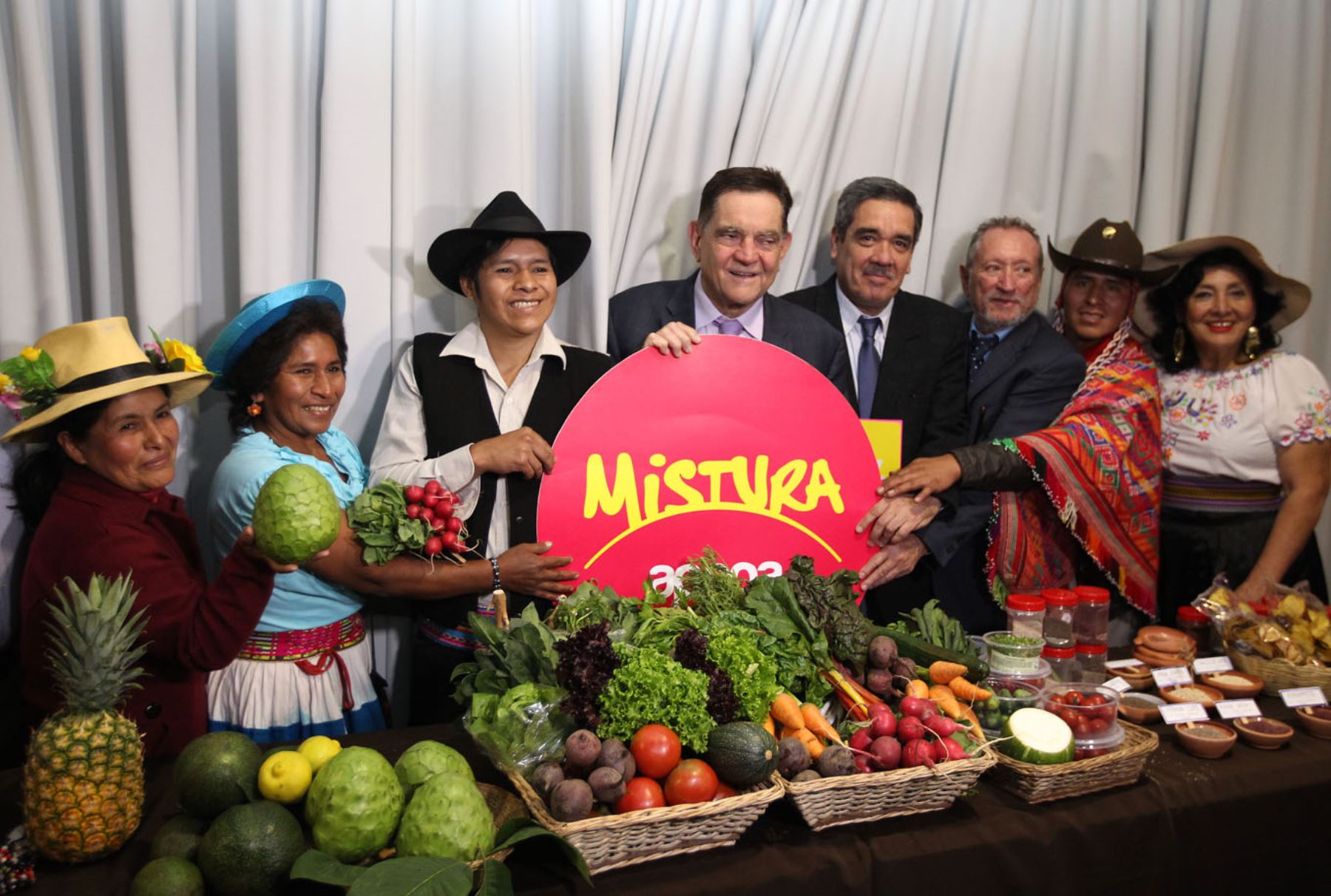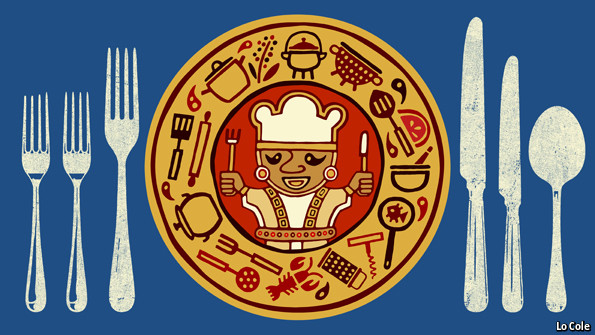Peruvian gastronomy has become one of the largest contributors to the country’s economic growth. Every year, more tourists come to visit the land of the Incas for its food. In its 9th edition, Mistura is Peru’s and South America’s most famous food festival. The Mistura food festival not just intends to introduce the different varieties of Peruvian dishes but is also regenerating Lima and opening doors for innovation.
Between the 2 and 11 of September, an estimation of 35 000 tourists will visit Lima to try the best of Peruvian cuisine. Last year, Mistura hosted 30 000 tourists, these numbers have continued to increase through the years. The low prices and the high-quality relation of the dishes attract visitors, with 5 soles (approximately 1.11 pounds) for a 5-star restaurant made dish. Chefs, associations, culinary institutes, and delegations from all the country go to Lima to participate in Mistura. Also, other world cuisines participate such as Mexican, Japanese, Thai, Indian, and others. Once the franchising process is completed, the festival plans to give a world tour next year.
What’s in for young entrepreneurs?
Around 75 000 people visit Lima every year solely for food, spending an average of 950 pounds each. As a result, restaurants in Peru alone account for 3% of Peru’s GDP and the sector is growing faster than the economy as a whole. Additionally, APEGA, Peru’s gastronomic lobby, calculates cuisine will generate 5 billion pounds this year.
The fast growth of this sector has resulted in Mistura. The food festival does not only try to promote Peruvian cuisine but it also offers an opportunity for young graduates, entrepreneurs, and micro-businessmen to promote their own ideas and talent. Additionally, Mistura offers various types of culinary awards for young chefs. Former award winners such as Isai Cruz or Jairo Feliz have come to build a career in the gastronomic sector and they represent the future of Peru’s gastronomy.

And…what’s in for Lima?
Peru is still centralised and therefore Lima is benefiting highly from the food revolution. The aim of Mistura is to make Lima the capital of South American cuisine, which could bring even more investment and job opportunities in this sector. Seeing the economic value of Peru’s gastronomy makes Mistura not just another food festival, but instead a transformational opportunity for Limeans and Lima.
“Ten years ago tourists who came to Peru went straight to Cusco. Why? Because Lima didn’t have anything to offer them” says Rafael Osterling, one of Peru’s most famous chefs. When Osterling founded his restaurant in 2000, only 5% of customers were foreign, currently, it’s around 50%. Mistura is indeed a product of Peru’s gastronomic boom, but it is also becoming a factor for Lima’s new culinary and touristic identity.

The Peruvian food revolution and the Mistura food festival have made Lima a gastronomic hub. It’s a hub for innovation and entrepreneurship, that wants to open to the world even further. Putting gastronomy in a cross-development agenda can empower cities with little to offer to become fundamental for the country’s touristic sector.
Sources: The Economist, El Comercio, Andina, The Independent, El Comercio, Mistura, Apega , El Comercio
Photo: Andina, The Economist, Peru.com






